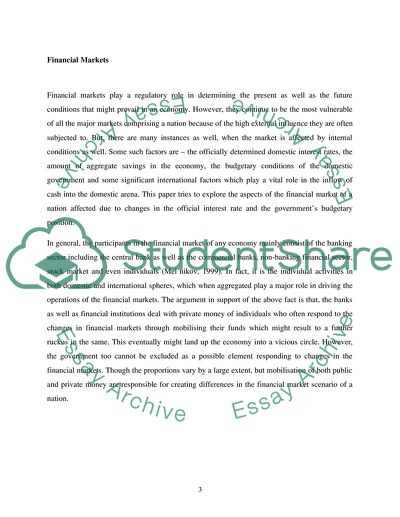Cite this document
(Elements in Financial Services and Markets Case Study, n.d.)
Elements in Financial Services and Markets Case Study. Retrieved from https://studentshare.org/marketing/1729467-elements-in-financial-services
Elements in Financial Services and Markets Case Study. Retrieved from https://studentshare.org/marketing/1729467-elements-in-financial-services
(Elements in Financial Services and Markets Case Study)
Elements in Financial Services and Markets Case Study. https://studentshare.org/marketing/1729467-elements-in-financial-services.
Elements in Financial Services and Markets Case Study. https://studentshare.org/marketing/1729467-elements-in-financial-services.
“Elements in Financial Services and Markets Case Study”, n.d. https://studentshare.org/marketing/1729467-elements-in-financial-services.


